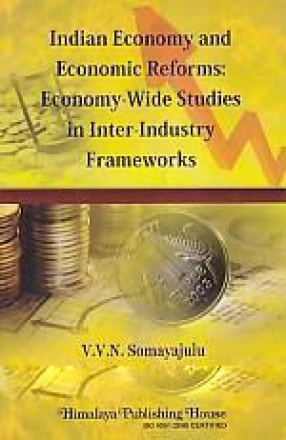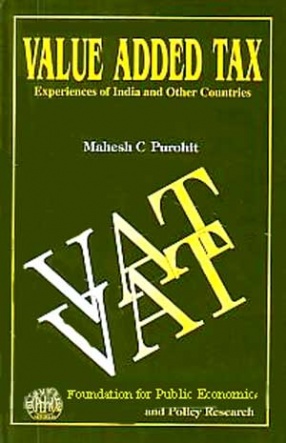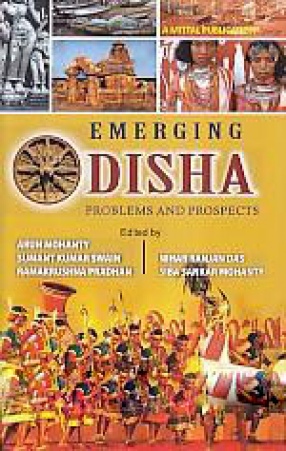Human beings are the heartbeat of an organization. They are the brain trust and think tanks of future strategies. Intangible assets, like human capital, decide the use of tangible and material resources innovatively to fulfil the objectives of any business entity.
Human resources management (HRM) relates to formulation of strategies by business entities concerning selection, training and rewarding of their personnel. Human resources development (HRD) is concerned with the development of competencies and effectiveness of people working in an organization. The design of HRD system should strengthen corporate planning, production processes, marketing strategies, and budgeting and finance.
Skills and knowledge are the driving forces of economic growth and social development for any country. Countries with higher levels of skills adjust more effectively to the challenges and opportunities in domestic and international job markets. As India moves progressively towards becoming a global knowledge economy, it must meet the rising aspirations of its youth. This can be partially achieved through focus on advancement of skills that are relevant to the emerging economic environment. The challenge pertains not only to a huge quantitative expansion of the facilities for skill training, but also to the equally important task of raising their quality.
This book provides a vivid account of the various dimensions of HRD including, inter alia, knowledge management, competency mapping, socialization and orientation of employees, training and development, organizational culture and organizational health. It also sets forth the policies and programmes of the Government of India to empower all individuals through improved skills and knowledge to gain access to decent employment and ensure India’s competitiveness in the global market.
Contents: 1. Human resource management (HRM) and human resource development (HRD). 2. HRD: importance, emergence and goals. 3. Meaning and approaches to organizational effectiveness. 4. Knowledge management: dimensions and tools. 5. Learning and HRD. 6. Competency mapping. 7. Socialization and orientation of employees. 8. Training and development. 9. Organizational culture and organizational health. 10. Size and characteristics of India’s human resources. 11. Institutional set-up for HRD in India. 12. Target groups for skill development. 13. Recent initiatives for skill development. References/bibliography. Index.
Human beings are the heartbeat of an organization. They are the brain trust and think tanks of future strategies. Intangible assets, like human capital, decide the use of tangible and material resources innovatively to fulfil the objectives of any business entity.





There are no reviews yet.